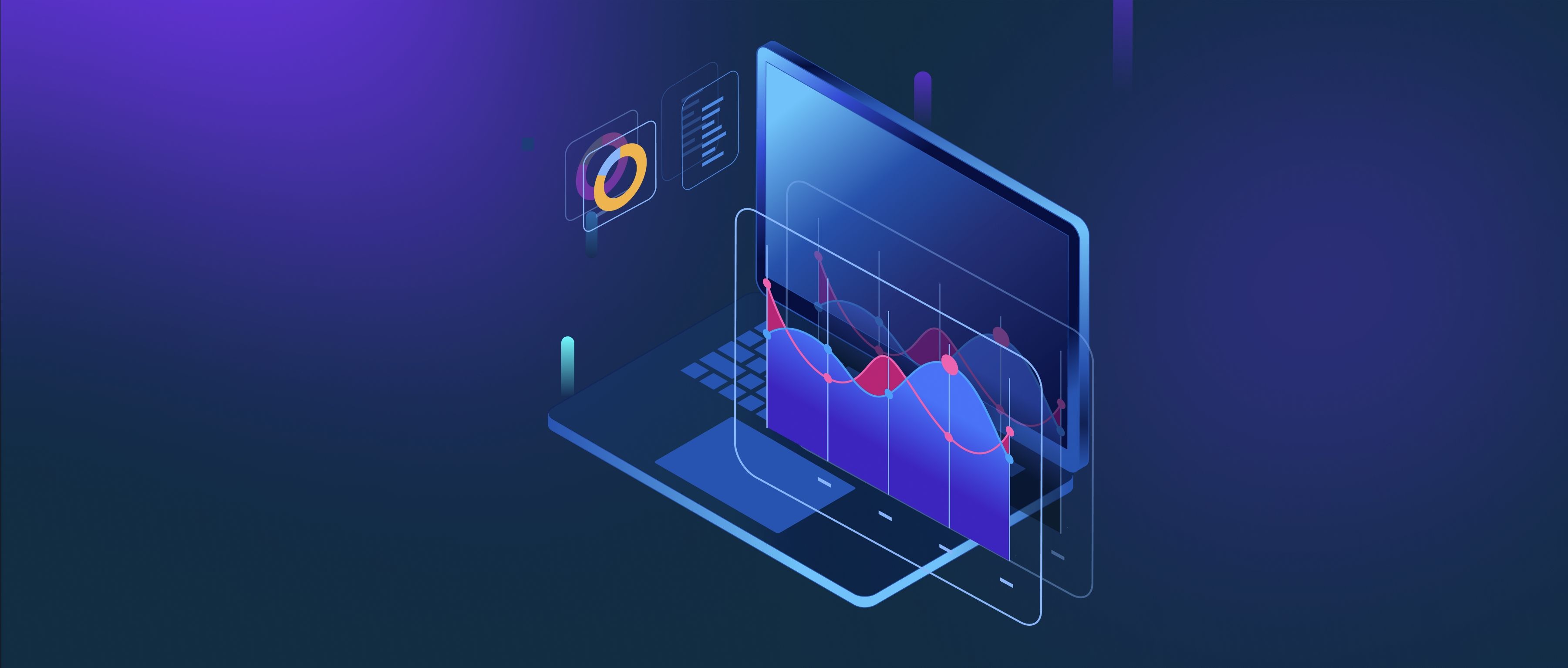GPT-3 can be utilized in a variety of applications across different domains, primarily due to its ability to generate human-like text based on the prompts it receives. One prominent application is in the realm of content creation. Developers can integrate GPT-3 into blogging platforms or news websites to automatically draft articles or summaries. For instance, a travel website could use GPT-3 to generate travel guides or destination spotlights based on specific inputs like location and interests. This can save time and resources for content teams, allowing them to focus on higher-level editorial tasks.
Another significant application is in customer support. Many businesses employ GPT-3 to power chatbots that assist customers in real time. By analyzing frequent customer queries, developers can create a chatbot that answers questions, provides information about products, or troubleshoots issues. For example, an e-commerce platform could deploy a GPT-3-based chatbot to help users track their orders or navigate the site, enhancing user experience and reducing the need for human customer service representatives.
Finally, GPT-3 can be applied in educational tools and language learning applications. Developers can build interactive learning systems that provide personalized feedback and exercises based on a learner’s input. For example, a language learning app could use GPT-3 to generate practice sentences or engage users in conversation, helping them improve their language skills. This adaptability makes GPT-3 a versatile tool for enhancing educational experiences and promoting effective learning strategies.
